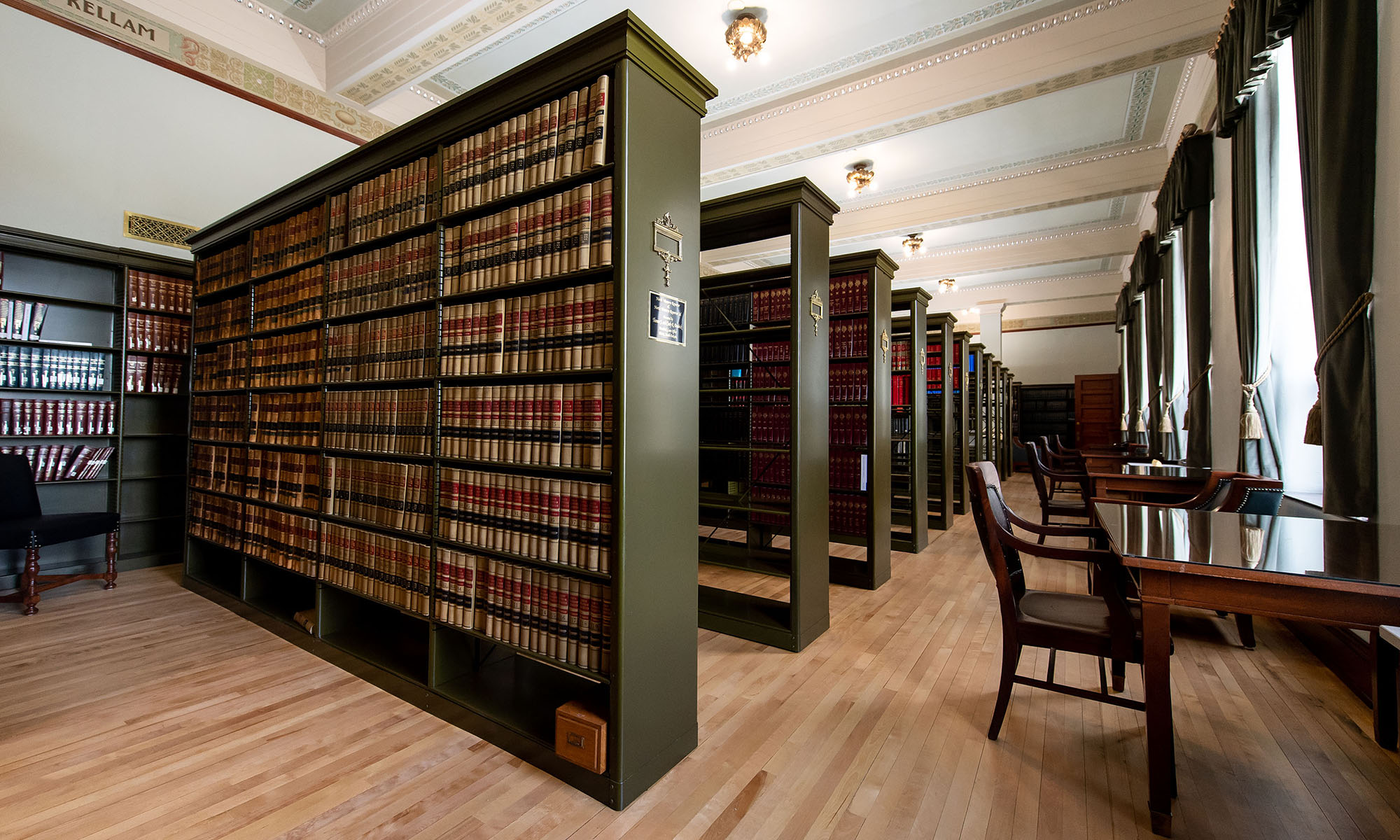‘Palimpsest’. What does that mean to you? Adaptive reuse? Reinhabitation? Rebuilding? Transformation? Layering histories? Sustainability? AIAS FORUM 2021 revolved around the word ‘palimpsest’. In architecture, that word refers to reusing an object for a different purpose than its previous life. The virtual conference in early January covered many topics through inspiring speakers and their definition of ‘palimpsest’.
Speakers (to name a few):
- John Dwyer
- Joshua Stein
- Carl Sergio
- Wandile Mthiyane
Listening to John Dwyer talk about our world put many things into perspective. John started by defining who the Big world is, and who the Small world is. He stated that 84% of people earn less than $10 a day, and 7% of us earn $50 a day, or $18,250 annually. He went on to say that if you earn more than $18,250 a year, you are in the top percent of the human race. Therefore, the “big world” is the 84% who earn $10 or less a day, and the “small world” are the 7% who both make more money as well as consume more. He identified a few goals for each respective world. The Big World seeks to increase access to education and public health, and the small world strives to maintain their standard of living and should decrease the rate of consumption. In the end, design excellence, which he defined as the integration of compassion into passion, can play a role in both worlds.
Joshua Stein posed an interesting question: can we think about architecture as a mineralogical archive? He stated that if we think about where materials come from and the landforms they come from, architecture could be just that, a record of historical data. Stein then went on to investigate the topic of how we might reinhabit landscape and architecture to mine for richness within buildings. He gave an example of the colosseum at the fall of the Roman Empire, in which the colosseum was both reinhabited as well as extracted from. How can we continue to do this today? Can we use our cities for extraction rather than the landscape? These are the questions Joshua brought to the forefront of our minds at Forum. It was intriguing. Some of his final charges were to not just imagine architecture as “building” but instead to think of the whole process–to think of materials before and after they are the building.
One of the speakers which reinforced the desire for a mentorship program between AIA SD and AIAS was Carl Sergio and his talk on “Ten Things to Know about Mentorship”. The first point that stood out to me was that mentors come in different shapes and sizes, and by that I mean that everyone is different, and each mentor you have will provide a different relationship, making for a well-rounded group of influencers. Carl suggested finding mentors 5 and 10 years ahead of you, as well as 5 and 10 years behind. Another piece of advice he gave was that sometimes through vulnerability, such as asking to be introduced to another individual, is a challenging, but great way to broaden your circle of mentors. The last few tips he gave which really resonated with me as a student were not to underestimate what he referred to as “Near Peers”, and that You can be one too! It was a great reminder that you can be a mentor to your friends even without realizing it.
Wandile Mthiyane, founder and CEO of Ubuntu Design Group had such an encouraging message. I will begin by saying that Ubuntu means “I am because we are”, which gives a glimpse into Wandile’s beliefs. Wandile stated that when we think of leaders, we think of Nelson Mandela, or M.L.K Jr., but we don’t feel like we ourselves are. We can be though. He went on to recount a touching story about a girl who was about to give up on her dreams, but didn’t because of a kind act from a stranger. He reminded us that one act of kindness can truly change someone’s life. Wandile finished his lecture by speaking about a few mantras which often accompany his work in struggling villages. They are, “Listen to Build”, and “Build to Enable”. Wandile’s session was motivational to say the least.
How has this reflected on AIAS SD?
In the following post we will be discussing the startup of the mentorship program in SDSU DoArch, but simply, FORUM offered insight on what we can look for in a mentor and how a program needs not be organized to gain one.
Not only can the outcomes of the conference reflect on what is happening in AIAS SD, but our views as architecture students. What have we learned that reinforces how important reuse, or sustainable reuse, is on our planet? How can we as emerging architects take presented topics from FORUM and use them in our present and future work? Palimpsest is an important topic of discussion and this conference reinforced it.
By: Jocelyn Rothmeier and Autumn Schlomer

